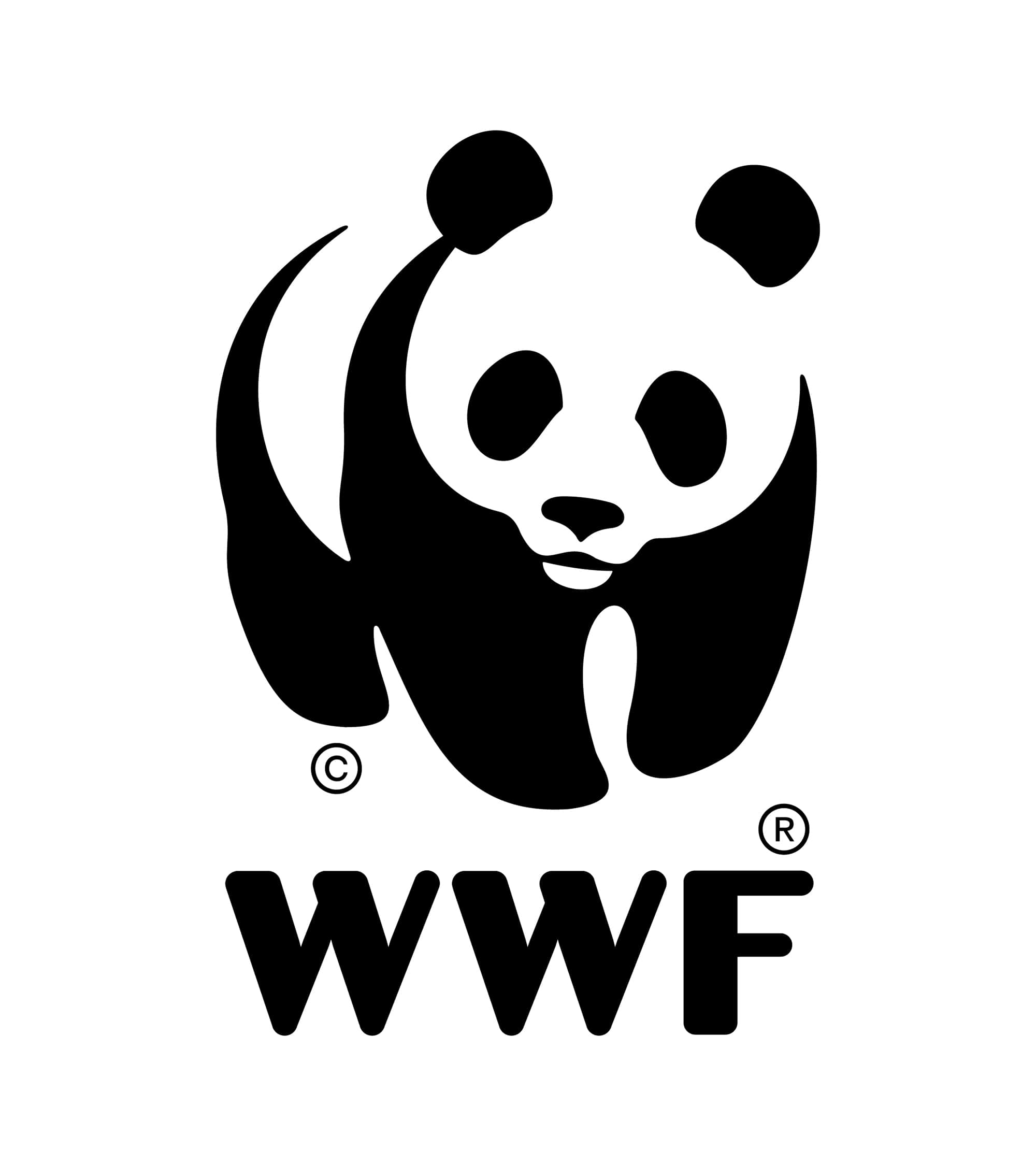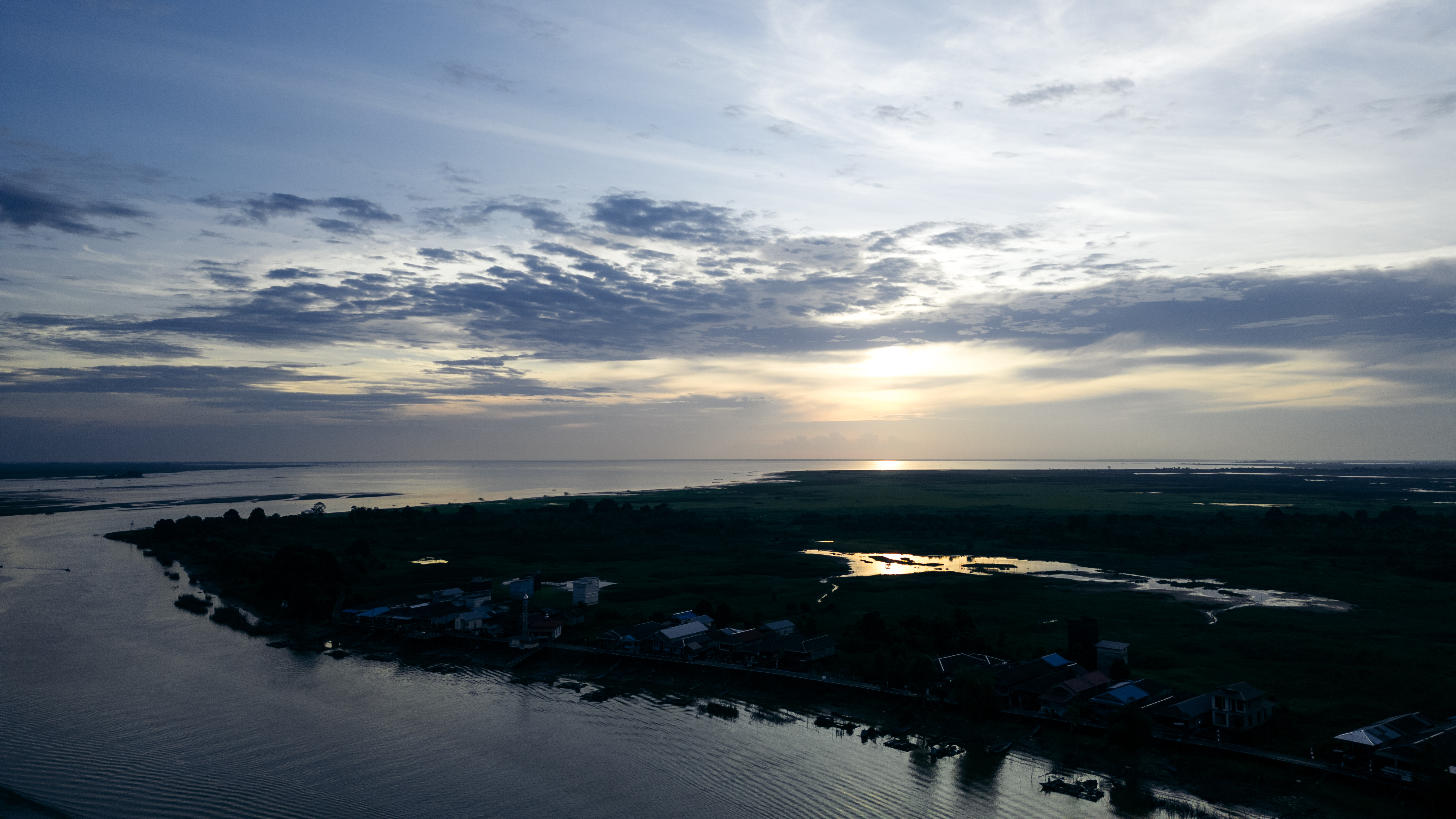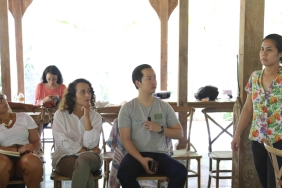GROWING THE FUTURE IN BORNEO'S HEART FORESTS
As part of the 'Heart of Borneo: Voice of the Future School Trip' to West Kalimantan, student participants from Australian International School and Global Jaya International School, accompanied by the WWF Heart of Borneo Global Initiative Communications Team, visited one of the sites where WWF-Indonesia West Kalimantan Program is implementing the Forest Corridor Restoration Project in Lanjak. A project designed to build a corridor to protect Bornean orangutan habitat, allowing the endangered species to move freely within the protected area by connecting Betung Kerihun National Park and Danau Sentarum National Park.
By focusing on conserving forest corridors for Orangutans, WWF believes that this project can also save populations of other endangered species in the area.
"Our main target is to save this forest space for wild Orangutans. Orangutans are an umbrella species for other wildlife, and they need large areas of forest to live. If we can save the Orangutan's natural habitat, then we can also save other animals such as deer, sun bears, other primates and thousands of other endangered animals," said Syahirsyah, also known as Jimmy Bond, Communications Manager for WWF-Indonesia West Kalimantan Program.
This project has been running for approximately two years. WWF West Kalimantan staff working together with 80 volunteer local farmers in Lanjak, have successfully planted around 80,000 different plants in 300 hectares of degraded forest. Their target is to plant thousands of plants that can grow into 500 hectares of forest cover.
This restoration project is designed not only to provide positive outcomes for wildlife, but also as part of WWF's local strategy of Community Empowerment Program, which provides local communities with sustainable agricultural skills, so that they can improve their lives through their livelihoods, as well as a solution to stop logging, poaching and illegal wildlife trade.
After consulting with the local community, WWF, through its mentoring program, helped local farmers to develop an agroforestry rubber system, i.e. planting rubber in a mixed forest, which is also planted by the community with various trees that provide food for orangutans such as durian and others. The forest corridor allows wildlife to move freely between the two national parks. This system has the potential to provide economic benefits to local communities, as well as a way for people and wildlife to coexist in harmony.
"This simple fact that farmers are volunteering their time, sometimes up to two hours each day, for this project, shows how much they care about the survival of wildlife and forests, and are willing to act to find solutions for their future sustainability," Jimmy continued.





